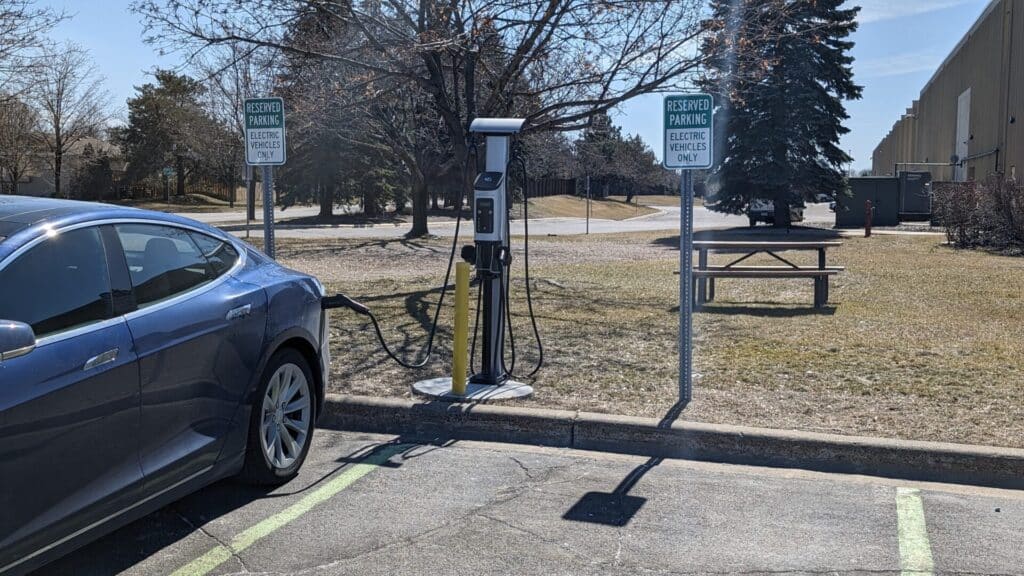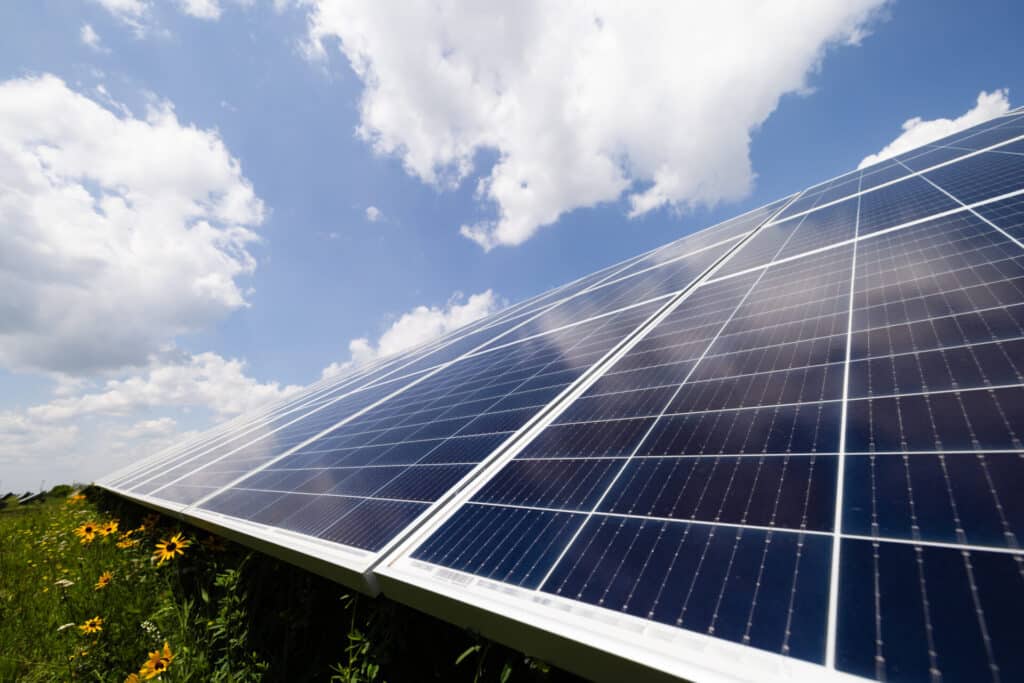
As new legislative initiatives take shape and decarbonization goals are on the horizon, integrating electrification efforts into future construction projects has become a top priority for general contractors, project owners, and property managers. New technology and practices are leading the way to create sustainable buildings and carbon-neutral campuses. Electrification is at the forefront of carbon-free initiatives for many builders, and integrating electrification technology and practices into new builds or retrofit projects is becoming increasingly common among projects of all sizes.
PRIORITIZE HEATING AND COOLING SYSTEMS
Targeting heating and cooling systems during new construction and retrofit projects can significantly reduce energy consumption and improve the associated costs within a building. Energy efficient alternatives to traditional HVAC systems, including heat pumps and geothermal systems, are ideal for contractors and building owners who are looking for ways to reduce their carbon footprint and potentially receive tax incentives for integrating sustainable building practices into their projects. The electrification of HVAC systems can improve the energy efficiency of buildings, as well as the comfort. These systems can integrate with updated building automation systems to adjust to daytime temperatures and improve the quality and comfort of the facility all year round.
ADD RENEWABLE ENERGY SOURCES

Whether it is a corporate campus or a single-building facility, renewable energy sources offer significant benefits in offsetting carbon production and electrifying facilities. On-site solar and wind generation systems are common alternative energy solutions, as they can be scaled to different facilities and provide major benefits in energy costs and decarbonization goals. In addition, building-integrated photovoltaic solar (BIPV) technology is also gaining popularity, as it combines solar panels with building exteriors, enhancing both aesthetics and energy efficiency. Partnering with low-voltage contractors who understand the electrical codes and requirements for this technology is the first step to achieving carbon neutrality and receiving tax incentives and cost benefits.
IMPLEMENT SMART BUILDING TECHNOLOGY
Smart building technology plays a crucial role in maximizing energy efficiency and integrating electrification to new and existing buildings. Automation systems, LED lighting, and energy management systems are the perfect solution for retrofit projects, as they do not require significant demolition or reconstruction of buildings. Installing electric vehicle (EV) charging stations is another way to improve the sustainability of a facility and meet future demand as EVs continue to rise in popularity. Smart building technology is also common for new builds, as well, helping project owners and building managers get ahead of the curve and begin optimizing energy usage and reducing waste right away. These systems can be customized to each project, giving owners full control over their building and optimizing the way they run the facility day-to-day.
HOW MULTI-TRADES EXPERTS CAN HELP
Integrating electrification efforts into future projects is a proactive step towards a sustainable and carbon-free future. By implementing sustainable technologies and building practices, project owners, general contractors, and property managers can potentially receive tax benefits, as well as long-term cost reductions in the operations within the facilities.
Whether the project is a new build or a retrofit within an existing building, Egan Company is ready to help bring your electrification goals to life. Our multi-trade expertise enables us to deliver electrical and mechanical solutions through a single partner, improving the flexibility and efficiency of your project. Begin your next project and consider how Egan Company can help you achieve your decarbonization and electrification goals.
